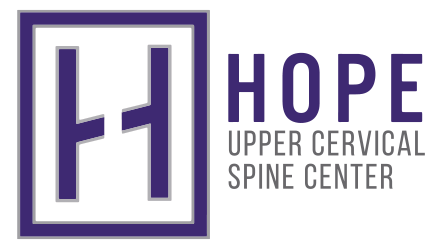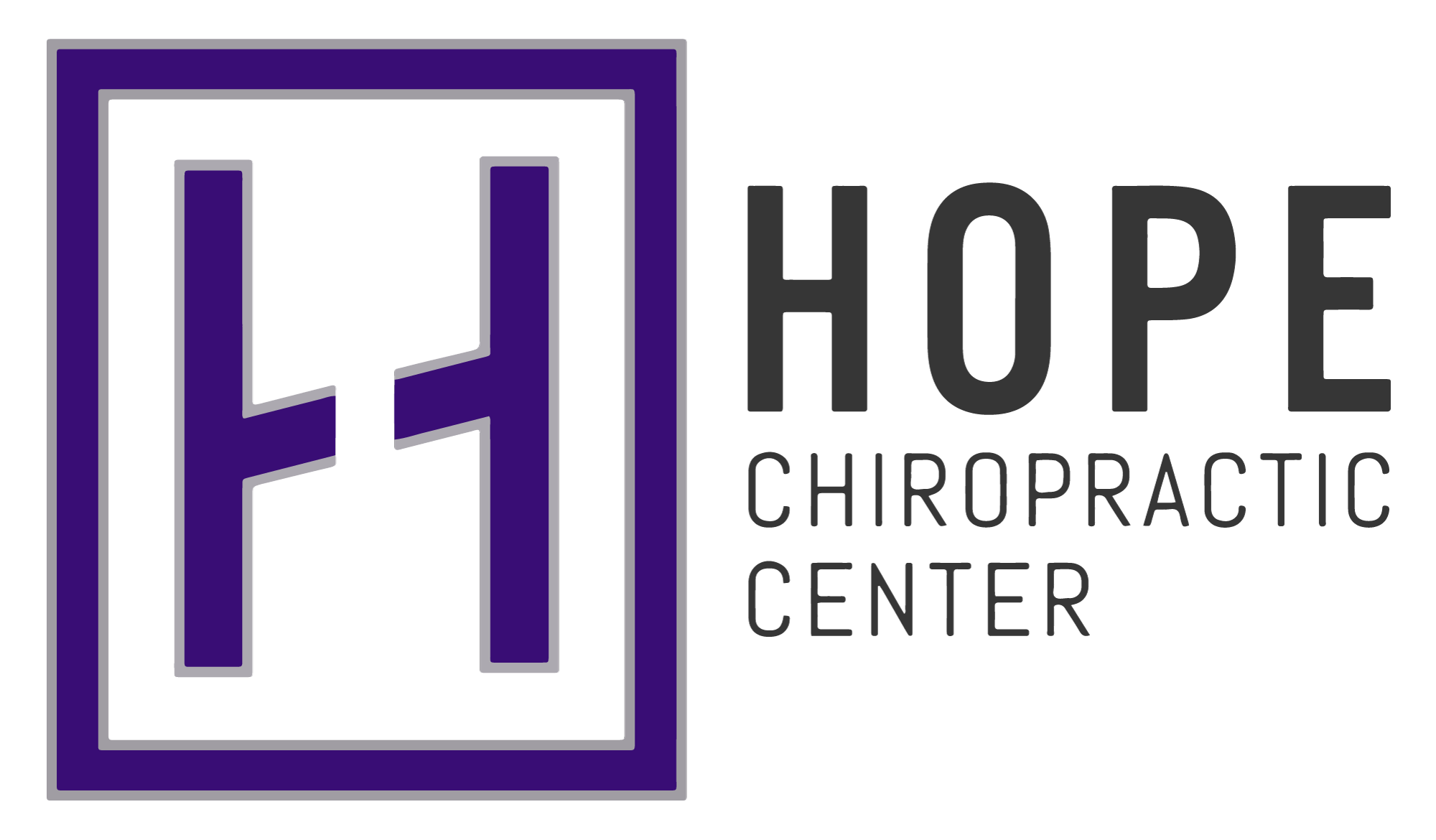
Vertigo is a condition that can disrupt daily life, making even the simplest tasks difficult. Those affected often describe it as a spinning sensation, even when they are perfectly still. While conventional treatments focus on managing symptoms, upper cervical chiropractic care takes a different approach by addressing potential root causes related to spinal misalignment.
Dr. Joey Kramer of Hope Chiropractic in Southlake, Texas, provides insights into how upper cervical adjustments may offer relief to individuals experiencing vertigo. His practice serves patients in Southlake, Grapevine, Colleyville, Westlake, and Trophy Club, offering natural solutions for balance and stability.
Understanding Why Vertigo Occurs
Vertigo is not a condition in itself but a symptom of an underlying issue. It is commonly linked to problems within the vestibular system, which includes the inner ear and portions of the brain responsible for processing balance and spatial orientation.
Common causes of vertigo include:
- Benign Paroxysmal Positional Vertigo (BPPV) – A condition where tiny calcium particles become dislodged in the inner ear, leading to dizziness.
- Vestibular Neuritis – Inflammation of the inner ear nerves that disrupts balance signals sent to the brain.
- Meniere’s Disease – A disorder involving fluid buildup in the inner ear, often accompanied by hearing loss and tinnitus.
- Cervicogenic Vertigo – A form of dizziness linked to neck misalignments, where the brain misinterprets sensory signals due to restricted movement or nerve interference.
Since the nervous system plays a key role in regulating balance, it is essential to consider spinal health when exploring vertigo relief options.
How Upper Cervical Health Relates to Balance
The upper cervical spine, consisting of the atlas (C1) and axis (C2) vertebrae, supports the head and facilitates communication between the brain and body. These vertebrae are positioned near the brainstem, a crucial control center for functions like movement, posture, and equilibrium.
When misalignments occur in this region, they can affect:
- Vestibular Function – The upper cervical spine plays a role in transmitting signals between the inner ear and brain. Misalignments can disrupt these signals, leading to dizziness and unsteady movement.
- Blood Flow to the Brain – The vertebral arteries pass through the cervical spine, supplying oxygen-rich blood to the brain. Restricted blood flow may contribute to vertigo episodes.
- Nerve Interference – Compression or irritation of nerves in the upper cervical spine may alter sensory input related to balance and coordination.
By restoring proper alignment, upper cervical care may reduce vertigo symptoms and promote overall stability.
Chiropractic Adjustments as a Natural Solution

Unlike traditional vertigo treatments that often involve medications, upper cervical chiropractic care aims to correct spinal misalignments through precise, gentle adjustments. These targeted corrections help restore nervous system function, allowing the body to self-regulate and maintain balance more effectively.
Potential benefits of upper cervical chiropractic for vertigo sufferers include:
- Fewer and Less Intense Dizziness Episodes – Adjustments may help reduce the severity and frequency of vertigo attacks.
- Enhanced Coordination and Stability – By improving spinal alignment, the nervous system can better regulate posture and movement.
- Reduced Muscle Tension in the Neck and Shoulders – Poor posture and spinal misalignments can contribute to stiffness that may worsen dizziness.
- Better Circulation to the Brain – Proper vertebral alignment ensures that blood can flow freely, supplying the brain with essential nutrients.
Many individuals report significant improvements in vertigo symptoms following chiropractic care, particularly those with a history of neck trauma or whiplash.
What to Expect from Upper Cervical Chiropractic Care
The first step in determining whether chiropractic care can help with vertigo is a comprehensive evaluation. At Hope Chiropractic, patients undergo a detailed spinal assessment, including digital imaging, to identify specific misalignments affecting the nervous system.
Upper cervical adjustments are gentle, precise, and customized to each patient’s needs. Unlike traditional chiropractic manipulations, they do not involve forceful twisting or cracking. Instead, the focus is on realigning the atlas and axis vertebrae with minimal pressure, allowing the body to naturally adapt and heal over time.
Regular follow-up visits help maintain alignment and monitor progress, ensuring that the improvements in balance and coordination are long-lasting.
A Holistic Approach to Managing Vertigo
At Hope Chiropractic, Dr. Joey Kramer and his team believe in treating the underlying causes of vertigo rather than just the symptoms. By focusing on the connection between spinal health and balance, they aim to provide lasting relief through upper cervical chiropractic care.
If you are experiencing vertigo and looking for a natural, non-invasive solution, consider scheduling an evaluation with Dr. Joey Kramer at Hope Chiropractic.
Serving Southlake, Grapevine, Colleyville, Westlake, and Trophy Club, the practice offers specialized care to help patients regain their stability and quality of life.
Medical Disclaimer
This article is for informational purposes only and is not intended as a substitute for professional medical advice, diagnosis, or treatment. Always seek the advice of your physician or other qualified healthcare provider with any questions you may have regarding a medical condition.
Never disregard professional medical advice or delay in seeking it because of something you have read here.


